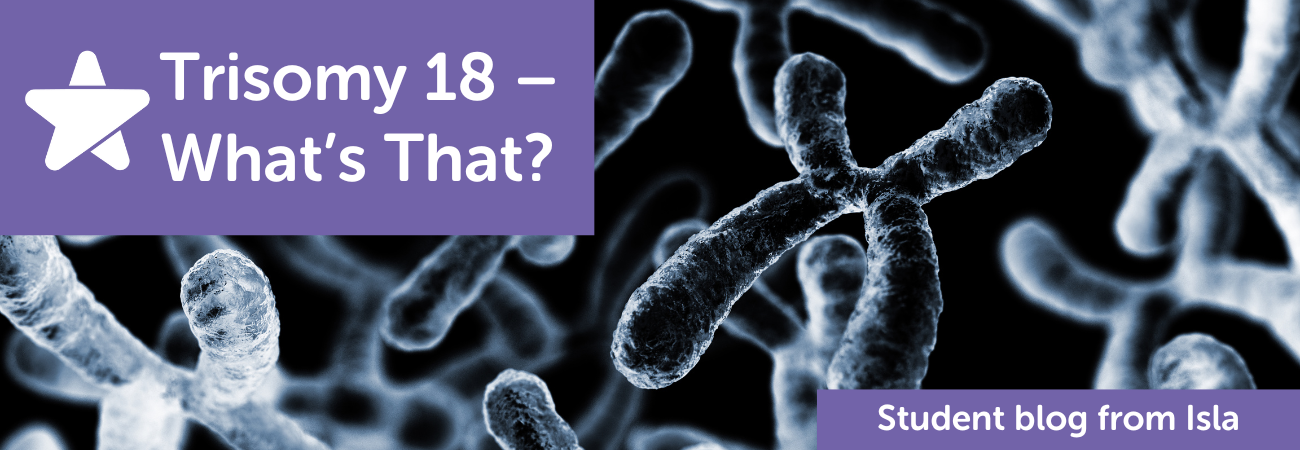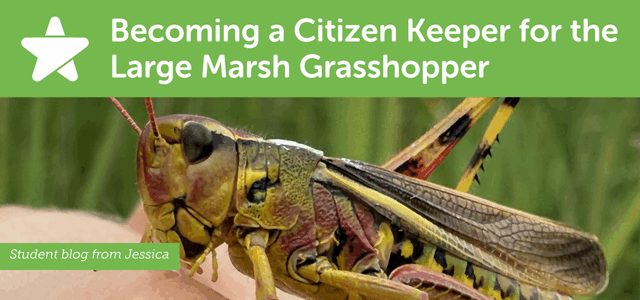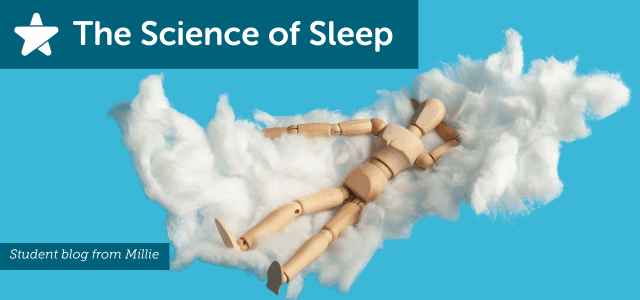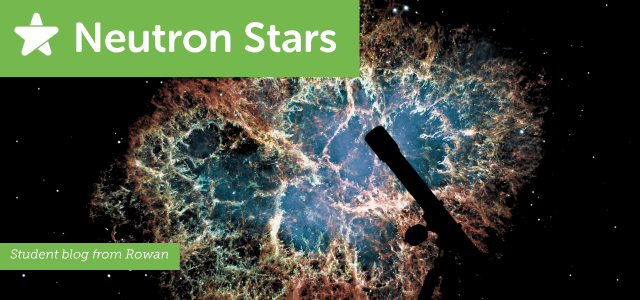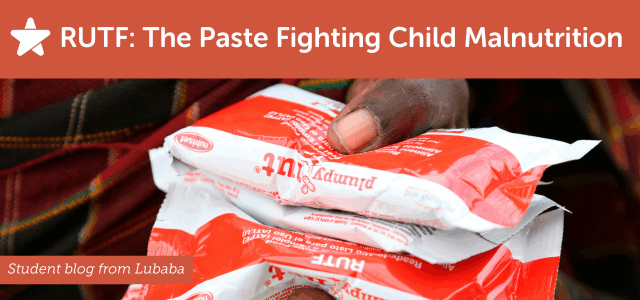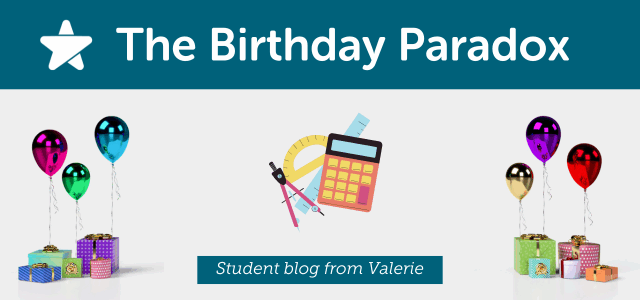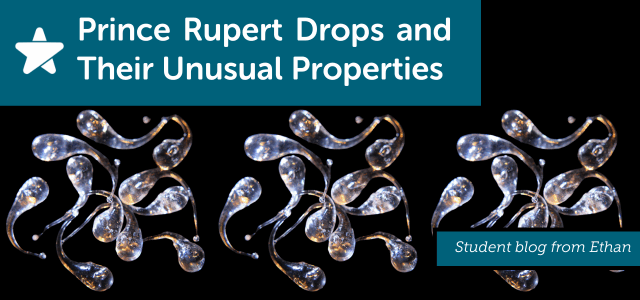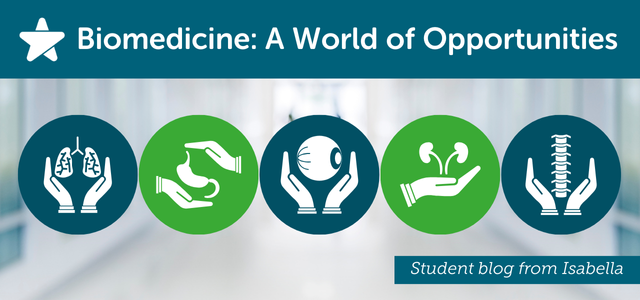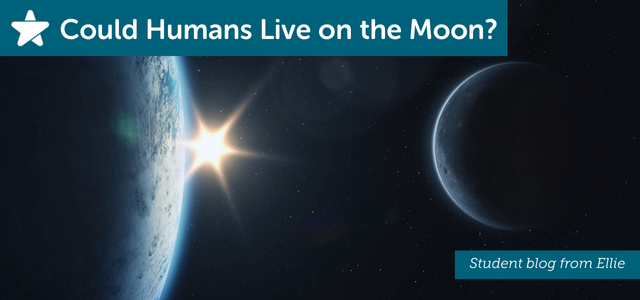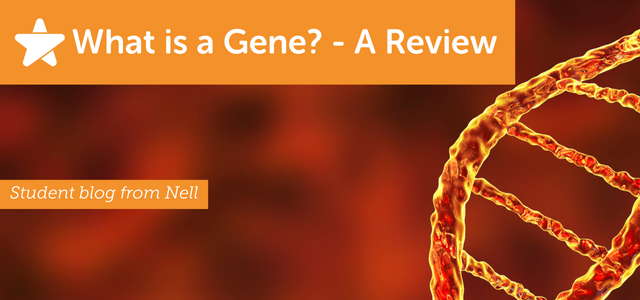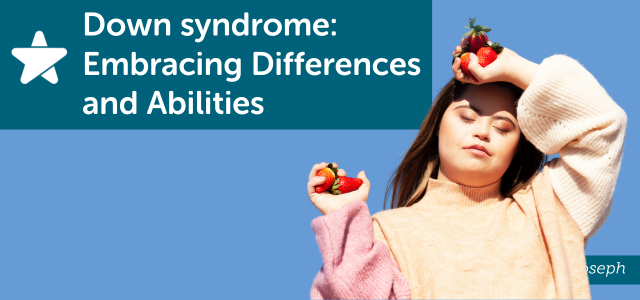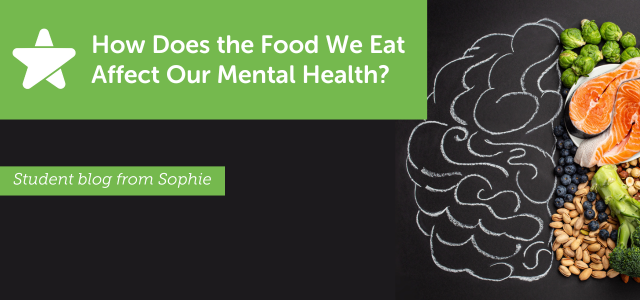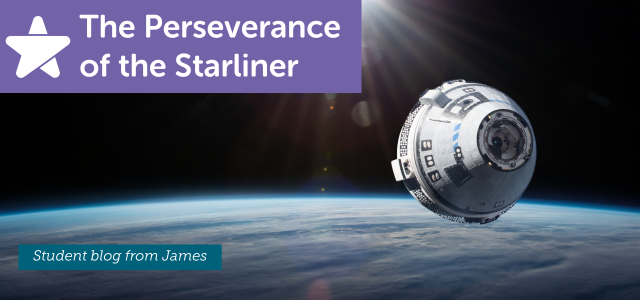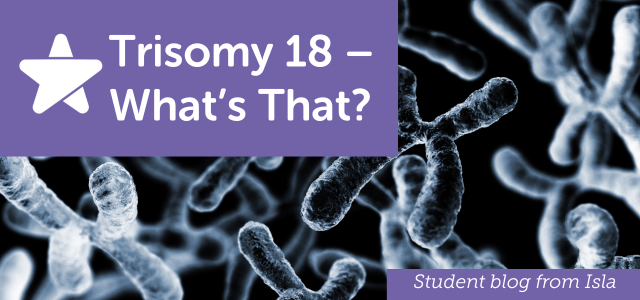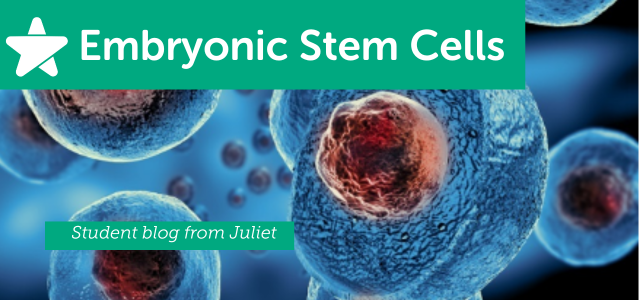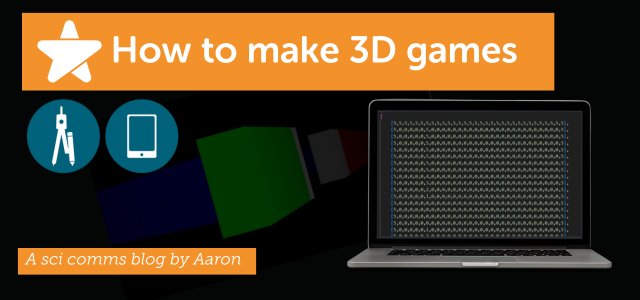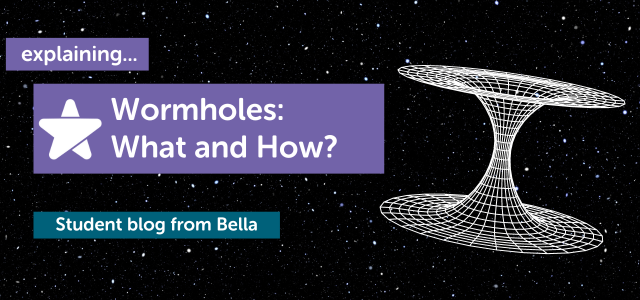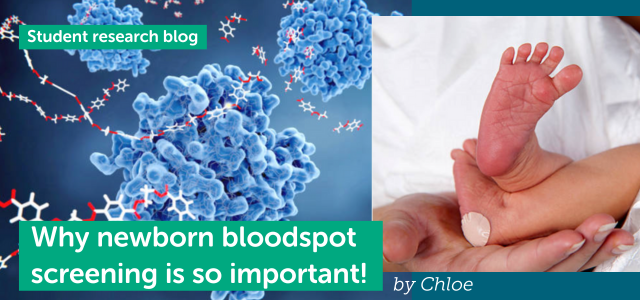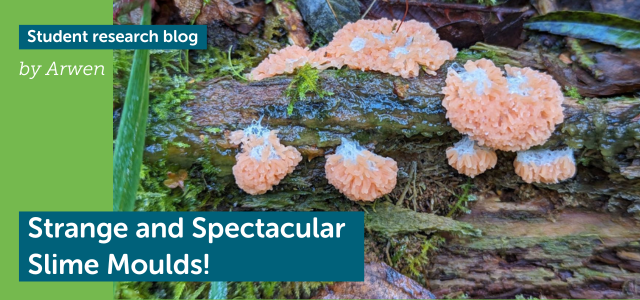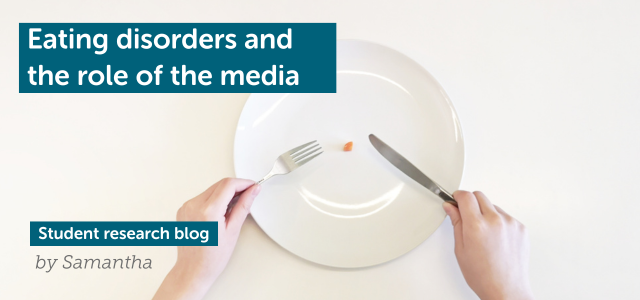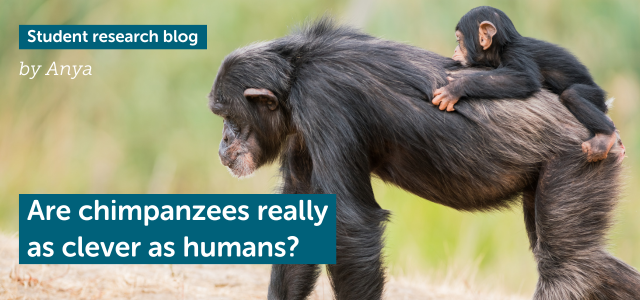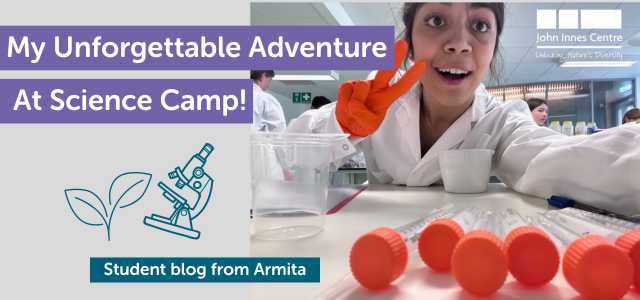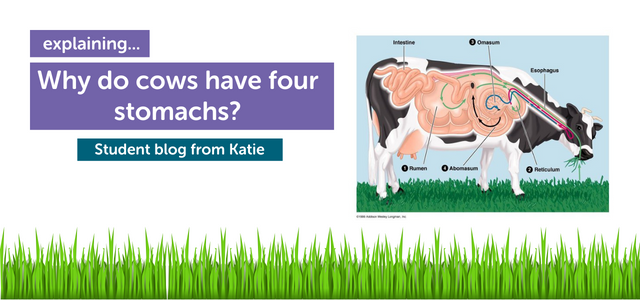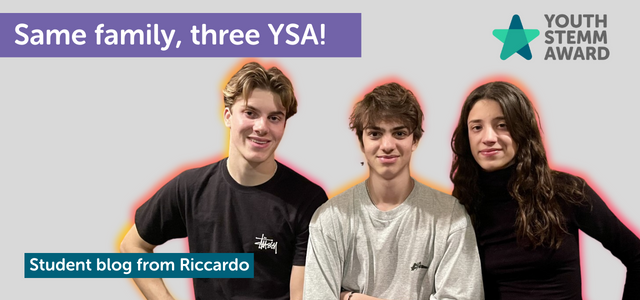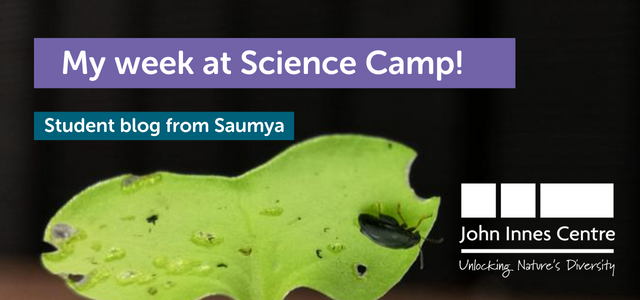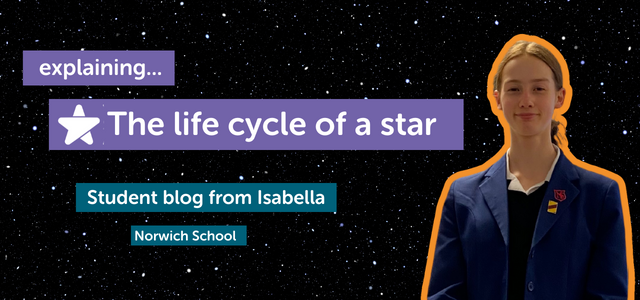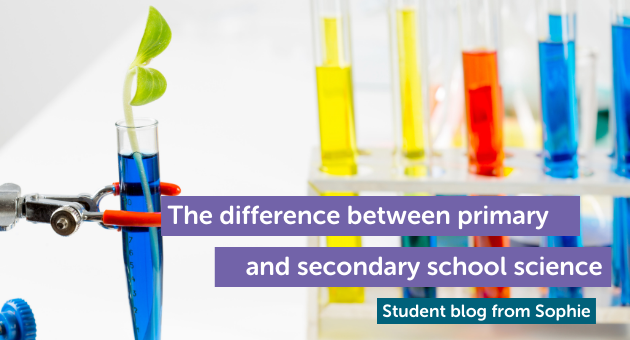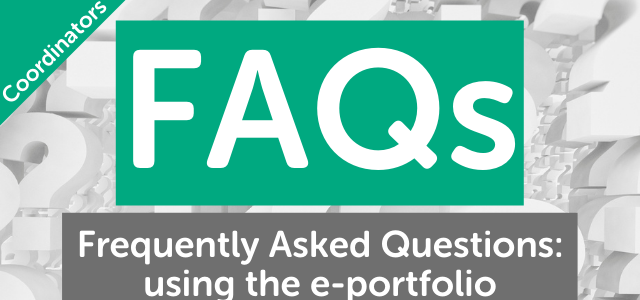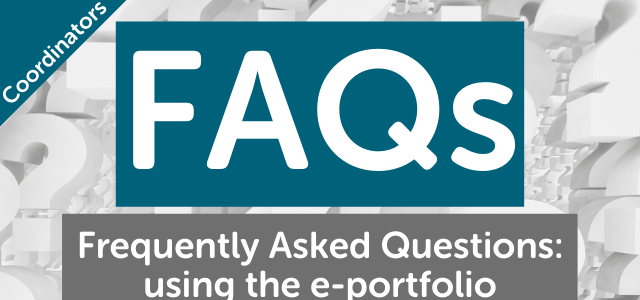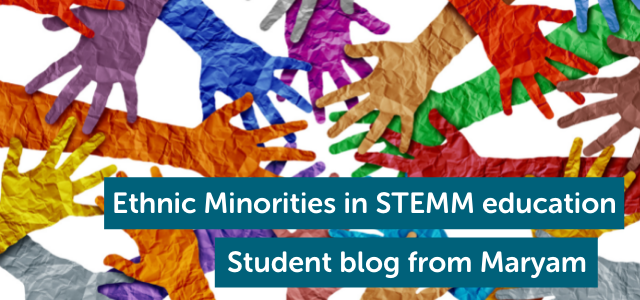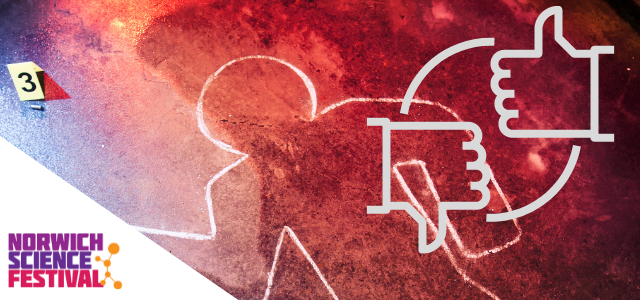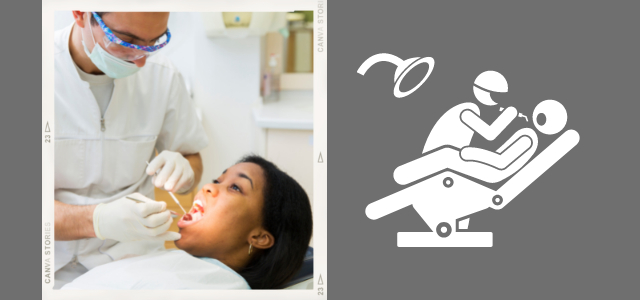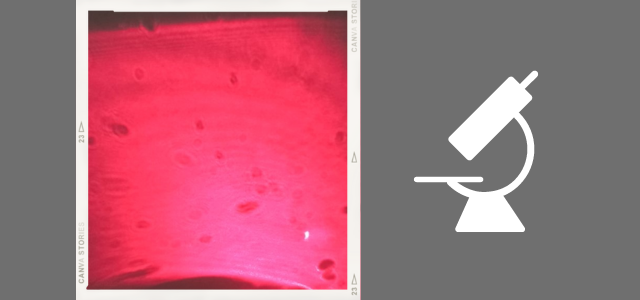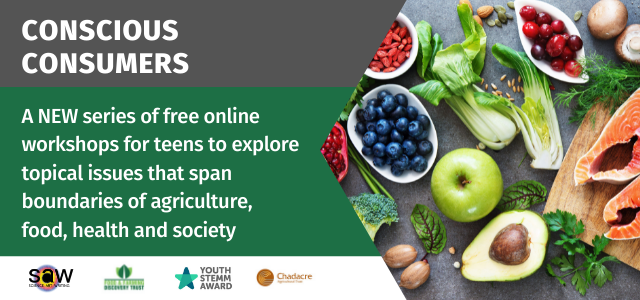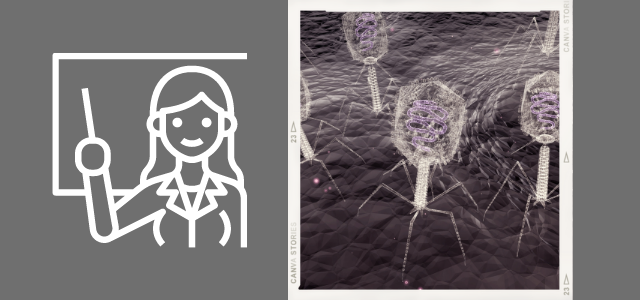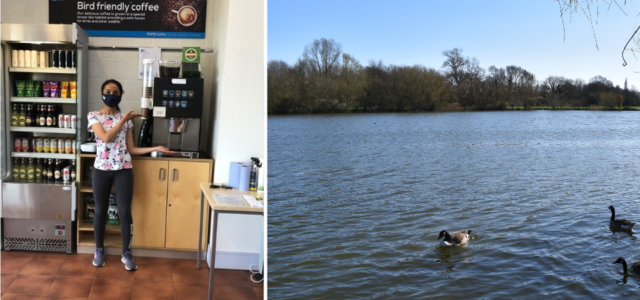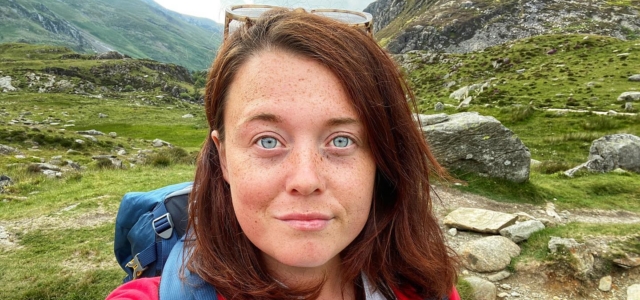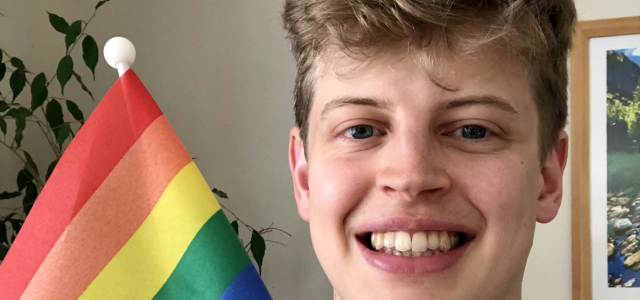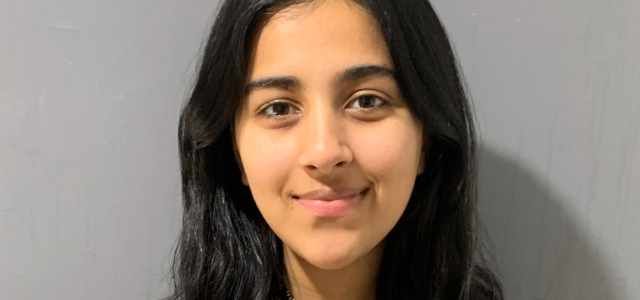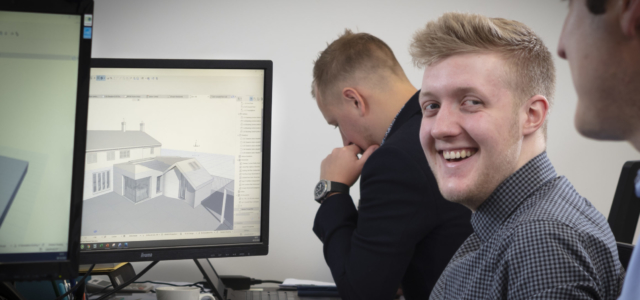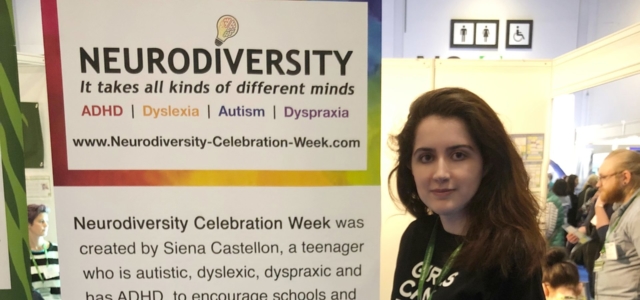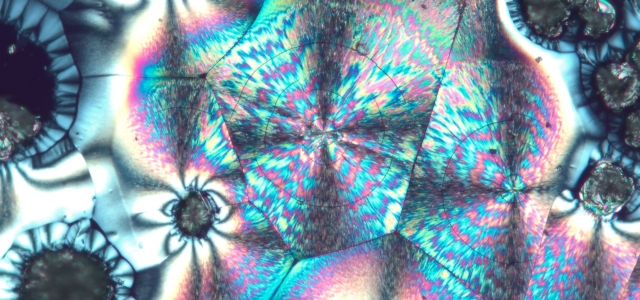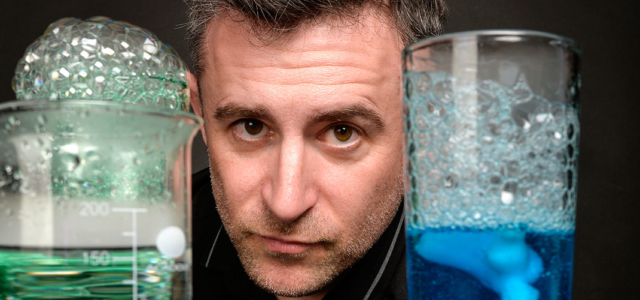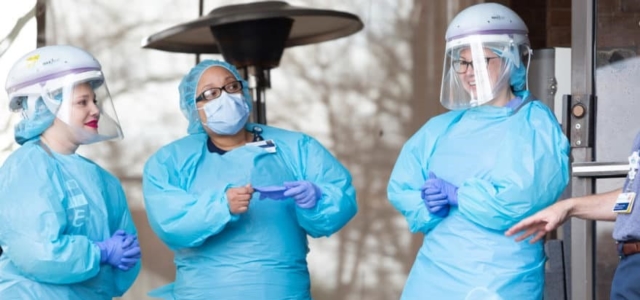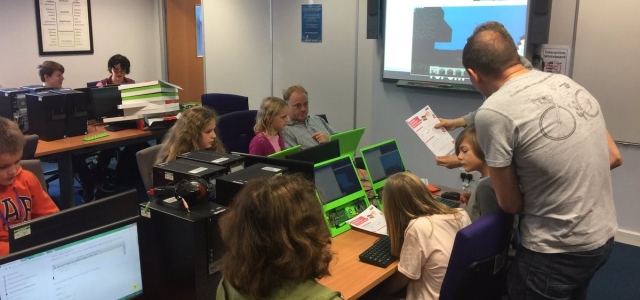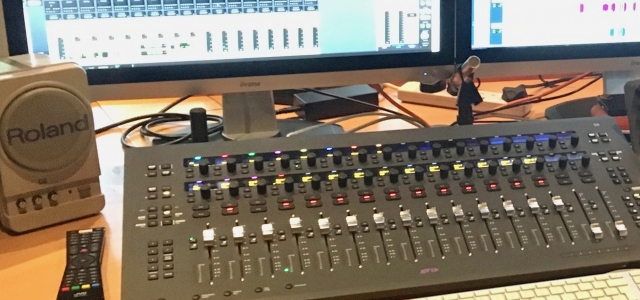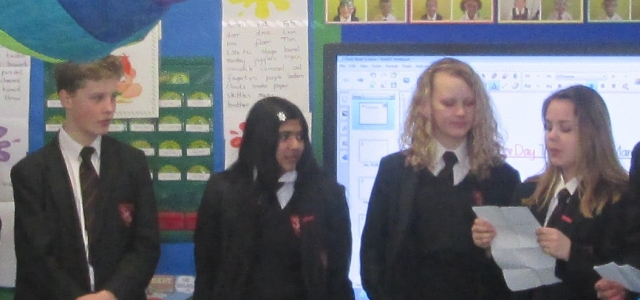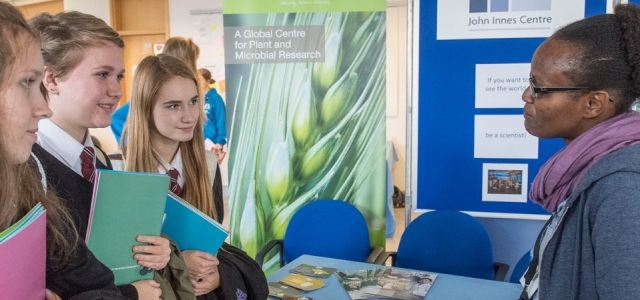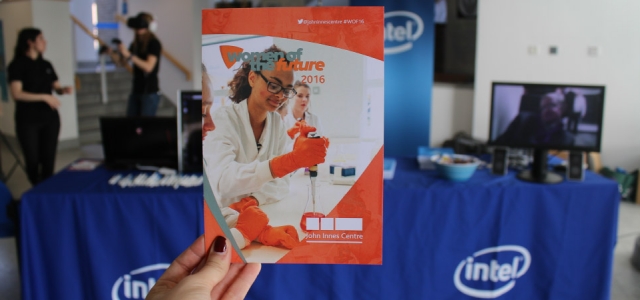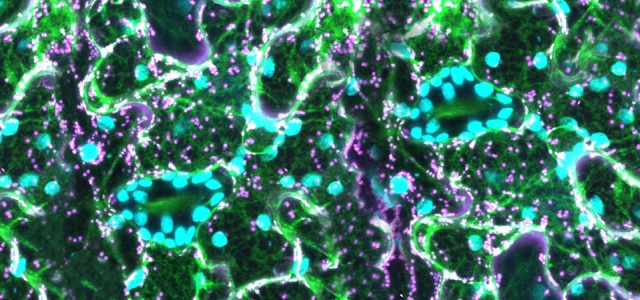Trisomy 18, or Edward’s Syndrome, is a severe chromosomal disorder affecting one in every 5000 live births. Despite its rarity, it poses significant challenges for families. Written by Youth STEMM Award participant Isla, this blog explores the symptoms, family struggles, and the need for greater awareness. Read on to learn more and support those affected.
There are many different chromosomal disorders within the world of medicine, many of which are unknown due to the lack of research or public knowledge. Although a large proportion of these disorders are rare, many other common and very serious conditions are sadly not talked about enough. Countless lives are affected by these medical issues, most of which present with varying symptoms based upon the type of chromosomal abnormality displayed within the person.
A normal fertilised egg cell contains 23 chromosomes from the mother, and an additional 23 from the father. With many conditions concerning chromosomes, an extra chromosome can be present in each cell of the affected body (trisomy), unlike the usual pair seen in those unaffected by abnormalities. This occurs randomly during conception with an unknown cause and its prevention is not yet possible. The extra genetic material disrupts the normal course of development in the foetus, causing the characteristics featured in conditions such as Trisomy 18.
What is Trisomy 18?
Trisomy 18, also known as Edward’s Syndrome, is a disorder whereby babies are born with 3 copies of chromosome 18, rather than 2 copies. It was discovered in 1960 by a physician called John Hilton Edwards (hence the name) after researching a newborn baby with multiple cognitive and developmental complications. It affects one in every 5000 live births and is the most lethal type of trisomy as it affects almost all of the human body. Sadly, it is a disorder that often results in stillbirth or the early death of an infant – only about 50% survive the first 6-9 days, and out of those surviving after 30 days, 36% are still alive at 1 year. Unfortunately, only 10% survive until 10 years, and there have been no cases of people with the full disorder living to adulthood. Even if they survive, the children will be faced with developmental delays, severe birth defects and health problems involving nearly every organ system in the body. Some people only have an extra chromosome 18 in some of their cells, this is called ‘Mosaic Trisomy 18’, a milder form of the disorder which has been seen to allow them to reach adulthood. Similarly, Partial Trisomy 18 accounts for 2% of Edward’s Syndrome with only a section of the extra chromosome present in their cells, rather than the whole extra chromosome 18.
Symptoms and Health Issues
Those with full Trisomy 18, experience many health issues and malformations of their body. These can include:
- Low birth weight and problems feeding
- Small head size, nose and mouth
- Prominent back of the head (occiput)
- Low set eyes and ears
- Clenched fists (this can lead to babies having overlapping fingers or difficulty fully opening the hands)
- Club feet, spinal bifida, and cleft lip/palate
- Heart defects, eye problems and hearing loss
- Some also develop seizures, kidney problems and scoliosis in the first year of life. The major causes of death in those with Edward’s Syndrome are neurological disability, cardiac failure and respiratory failure.
Challenges for Families
Families of these babies face many difficult decisions regarding the child’s health throughout their life, which is why it’s crucial that the utmost importance is given to the parental choice and child’s best interests. There have been cases where surgery can be offered to help improve their quality of life; however, this is rare due to the severity of the baby’s heart defects and medical issues caused by Trisomy 18. There is no definite treatment, partly due to the ethical issues, the high mortality rate and difficulty predicting which infants will manage to live beyond the first year of life. Other complications can also alter the chance of surgery, such as the very slow rate of growth commonly seen in the disorder, even if the babies are given proper nutrition. They also often have issues feeding and swallowing which puts them at high risk from recurring pneumonia and respiratory issues from inhaling milk and saliva into their lungs. However, parents can also opt for palliative care (medical care which focuses on providing relief from pain and other symptoms of a serious illness), instead of prolonging life with intensive care or treatment.
No Cure or Prevention
Unfortunately, there is no cure for babies with Edward’s syndrome currently, and it cannot be prevented as it is a genetic disease. Screening tests can be done to show early diagnosis, however, even then it cannot be treated due to the condition affecting babies when they’re in the womb. When the diagnosis is made, the parents have to decide between resuscitation, life support, intensive care, or surgical options. Sadly, many foetuses cannot be carried to full term. When discovered, doctors may advise for termination of the pregnancy, following the ethical concerns expressed by many health care professionals surrounding the suffering that both the baby and parents may experience. Additionally, the high likelihood of mortality both in and out the womb can impact the parents physically and emotionally, knowing that their baby may not survive. The chances of having a baby with Trisomy 18 is increased in women of an older age (over 35) as errors in meiosis can be more likely to happen as a result of the aging process. Due to the spontaneity of the chromosomal abnormality, after one baby, another baby with the same condition is highly unlikely (around 1%).
The purpose of this blog is to spread awareness of lesser-known chromosomal disorders, as well as to further public knowledge about the lesser-known sections of science that impact the lives of many.
For support or more information, please visit www.trisomy18.org.

